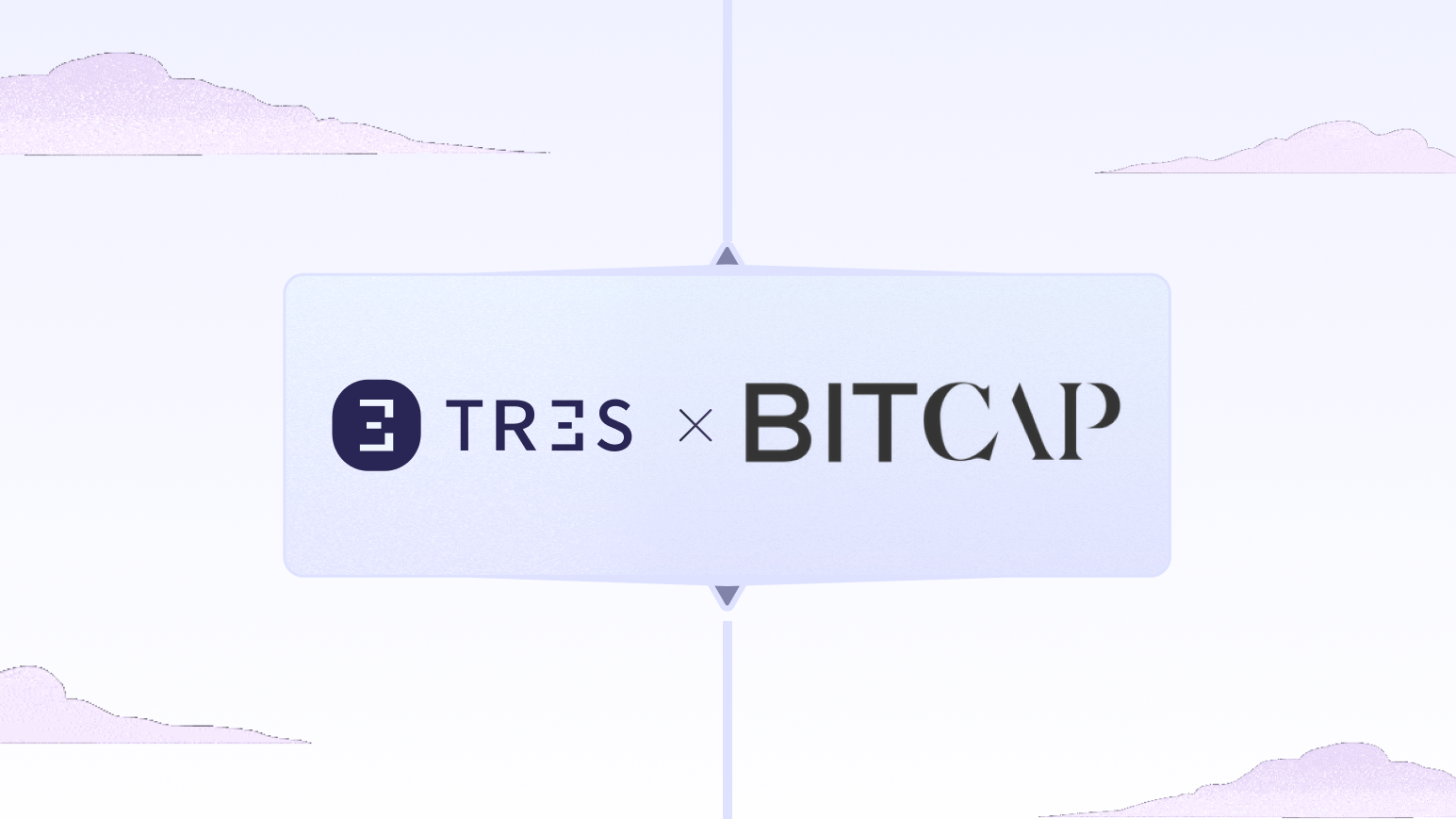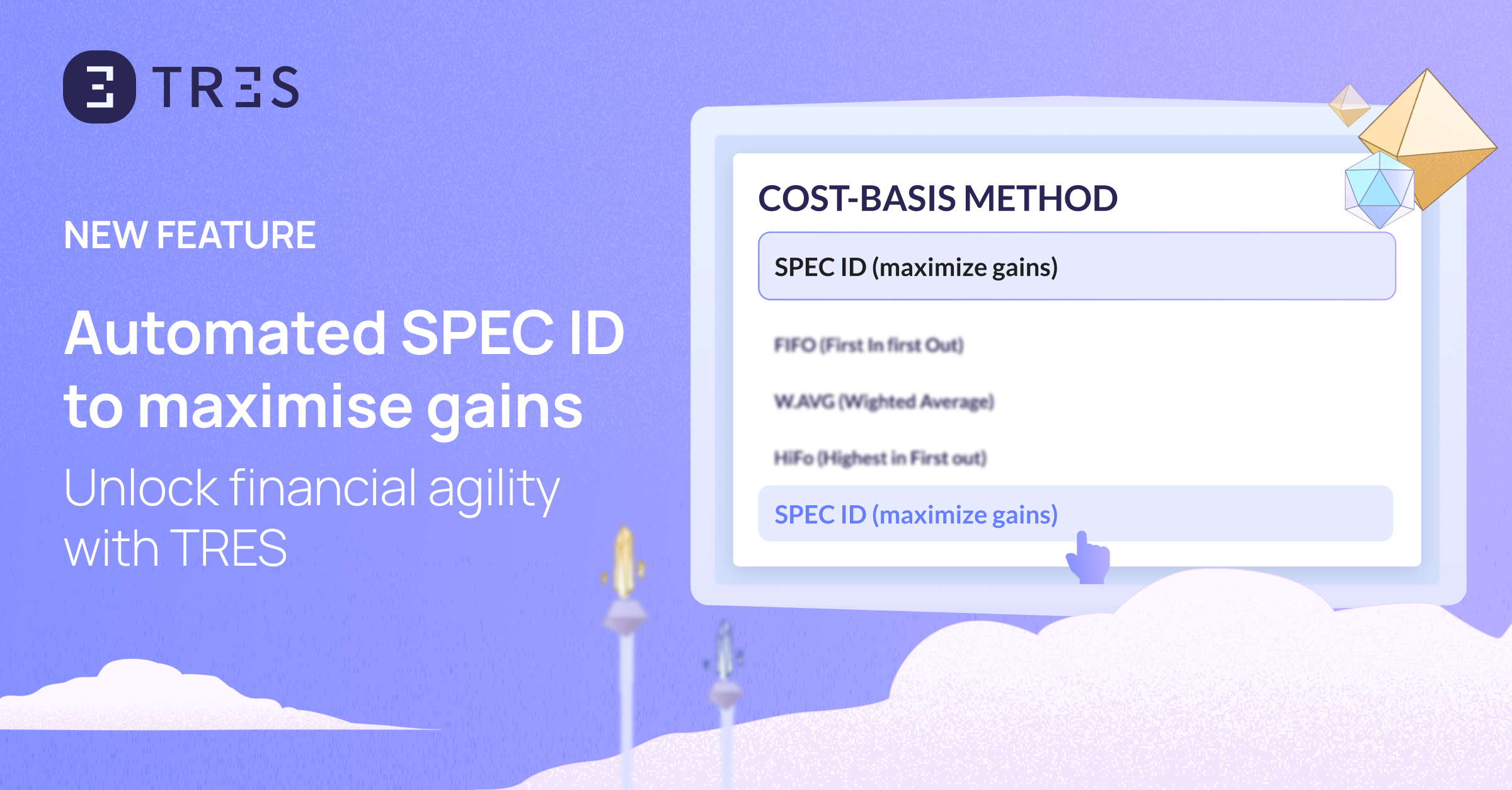Polygon is a scaling solution that operates beside the Ethereum blockchain and is referred to as a “layer two” or “sidechain.” It enables transactions to be completed quickly and at a cheap cost. The native cryptocurrency of the network is called MATIC, and it is utilized for various purposes, including fees, staking, and more. Exchanges like Coinbase allow for the purchase and sale of MATIC.
Applications of the Polygon Crypto Network in Real-World Payments: By integrating specific app programming interfaces (APIs) and software development kits (SDKs), the Polygon cryptocurrency platform is meant to make it possible for decentralized applications (dApps) to expedite payment processing and enable practically immediate payment settlement. This procedure makes it possible for decentralized applications (dApps), merchants, and customers to accept or pay with any cryptocurrency instantaneously, but often ERC-20 tokens or ETH. This system is being implemented in three separate stages, which are as follows:
1. Transactions using Ethereum (ETH) and ERC-20 tokens
2. Multi-asset token payments and transfers that take place across chains via atomic swaps and collaboration with liquidity providers
3. A payment system that is based on fiat currency and uses fiat liquidity providers
Polygon Use Cases
Lending Platform: Polygon is working on a mechanism that will enable merchants to assess the credit ratings of users who have signed up to use the platform by looking at their previous transactions. This will allow merchants to evaluate the credit ratings of users who have signed up to use the platform. The implementation of this capability is accomplished via collaboration with the Dharma Protocol. The foremost P2P lending protocol, Aave, has more than $1 billion in liquidity locked up on its Polygon markets, which include more than 8,000 participants.
Games: The Layer-2 sidechain scaling solution developed by Polygon can improve the speed and functionality of blockchain-based games. As a result of slow transaction speeds and increased network latency, blockchain gaming is far behind more conventional computer and console gaming systems. The Ethereum network and Polygon’s Commit Chain scaling technology will be able to work together to improve the efficiency with which game creators and players can create and play games. In a time when non-fungible tokens (NFTs) and NFT marketplaces are driving the popularity of the blockchain and cryptocurrency industry as a whole — with several gamers buying, selling, and trading various types of in-game NFTs — Polygon’s ability to assist in the expansion of the blockchain gaming industry could not have arrived at a more opportune moment. Polygon has been used by leading gaming and non-fungible token (NFT) decentralized applications (Dapps) such as Aavegotchi, Neon District, Zed Run, and Cometh to grow their user experiences.
Polygon is also developed for many other use cases, such as assisting in the realization of the quick settlement times required to enable decentralized exchanges (DEXs) to give customers faster and cheaper trading. Many Polygon DEXs, including Quickswap, Dfyn, and ComethSwap, are seeing large quantities of user engagement and trading volume. The development has made stablecoin swaps much cheaper and more reliable than protocols such as Curve and mStable. Polygon’s plasma scaling solution may also speed up atomic swaps between tokenized and non-tokenized assets across blockchains. Because of the requirement to protect users’ privacy, most decentralized applications need a method for signing transactions that do not involve the submission of private keys. Polygon helps allow an open identity framework for the construction and deployment of decentralized applications (dApps) thanks to its scalability advancements.
Polygon: The Pros and Cons of This Shape
You may be curious about the primary advantages and disadvantages offered by Polygon. Continue reading in order to get an understanding of the benefits and drawbacks associated with Polygon, particularly if you are thinking of purchasing MATIC.
The following are some of Polygon’s strengths:
– The capacity to process transactions in a short amount of time: Polygon can keep its transaction processing speeds at a high level since it employs a consensus method that finishes the transaction confirmation process in a single block. The average time needed to analyze a block at Polygon is 2.1 seconds.
– Transaction costs are maintained at a low level: Polygon maintains minimal fees to utilize its platform, with an average transaction charge of about $0.01.
The following are some of Polygon’s many flaws:
– Polygon is not its independent blockchain; instead, it is a Layer 2 solution that operates on the Ethereum platform. There is a good chance that the value of Polygon will decrease if the Ethereum network has significant downtime or is discontinued entirely.
– MATIC has a limited set of use cases, the primary ones being the governance and protection of the Polygon platform and the payment of transaction fees. MATIC, in contrast to other forms of digital currency, is only sometimes utilized for frequent transactions.
Supported features
Supported
Supported
Supported
Supported
Supported

